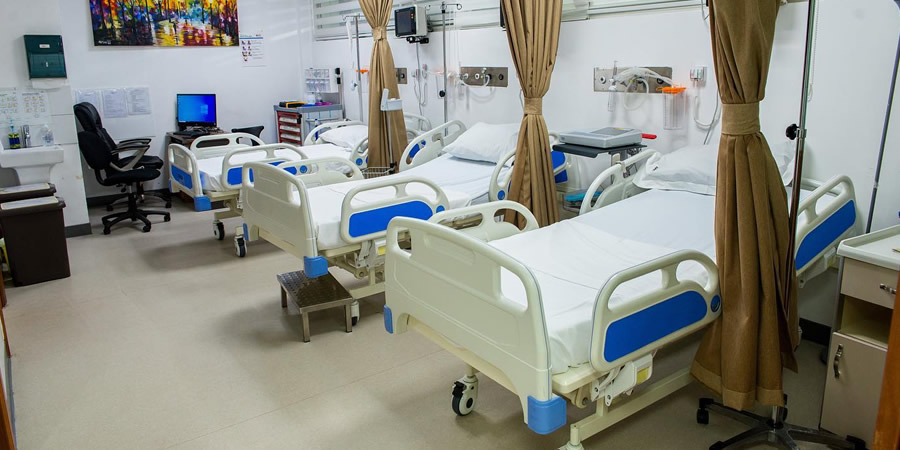

The population of the Municipal stood at 60,828 in 2010, constituting 2.6 percent of the Western region’s population. This figure is the lowest compared to the other districts in the region. The population ofthe Municipal according to the 2021 Population and HousingCensusstood at 94,621with a male population of 48, 590 and that of female at 46,031. The Ghana Statistical Service is yet to provide a detailed breakdown of the demographics of the Districts. For planning purposes, the data and projections from the 2010 Population and Housing Census is used.
Environment
Natural Resource Endowment Large deposits of gold have been discovered at Ankyeryin and its surrounding areas and prospecting is ongoing. Adamus Resource Limited, a mining company has been established at Salma in the Ellembelle District but with some of their catchment areas in the Nzema East Municipality. It commenced commercial production in 2004 which contributes to the internally generated funds of the Assembly and also provides employment for the people.
The prevailing high rate of “galamsey” (illegal mining activities) poses enormous threat to the existing landscape and the water bodies as well as human life within the Municipality. However, the very existence of a large scale of illegal mining, though threatening, exhibits the high mining potential in the Municipality. It is therefore expedient for qualified mining firms to prospect this potential so as to decrease the occurrence of the menace presently prevailing as a result of the improper exploitation of the gold and other minerals that end up posing the above listed threats.
A joint task force is in place and periodically interrupt the processes of illegal miners in the municipality. The municipal assembly is collaborating with other agencies and Non Governmental Organizations to develop alternative livelihood support packages in various disciplines including Agriculture, Trade and Industry, etc. for youth especially in “galamsey” prone communities
Air, Water and Land Pollution
Nzema East Municipal is endowed with such weather related resources that if not properly managed will have very meaning impact on the weather in the advent of their depletion. Such resources include, tree vegetation (rain forest), water bodies, low and high lands, tourism potentials and many others. The integration of these resources has informed weather elements over the year rating its municipal capital as the area of highest rainfall in the country.
However, these resources in recent times have come under great socio cultural threats that potentially render these resources vulnerable. The wake of mining and illegal mining or “galamsey”, the steep diversion of forest land for rubber plantation, oil and gas production, national developmental agenda (road constructions and other developmental infrastructure), etc.
These have unmeasurable potential of affecting weather patterns and consequently added to globalcausal factors for climate change. Within the same period, rubber plantations have taken over forest lands, galamsey operations have claimed wet lands and polluted water bodies, fish catch have drastically reduced, Wale watch and Hippopotamus presence are no more, increase disasters resulting from rain/wind storms etc.
All these are happening in the phase of major road and infrastructural developments. It is therefore anobvious realization that our climate is rapidly changing with disruptive impacts, and that change is progressing faster than any seen in the last few years. It is therefore in the light of this that development partners 21 are engaging all stake holders through various consultative mediums to findsolution to the growing problem.
Date Created : 11/11/2025 8:24:16 AM








 facebook
facebook
 twitter
twitter
 Youtube
Youtube
 +233 593 831 280
+233 593 831 280 0800 430 430
0800 430 430 GPS: GE-231-4383
GPS: GE-231-4383 info@ghanadistricts.com
info@ghanadistricts.com Box GP1044, Accra, Ghana
Box GP1044, Accra, Ghana